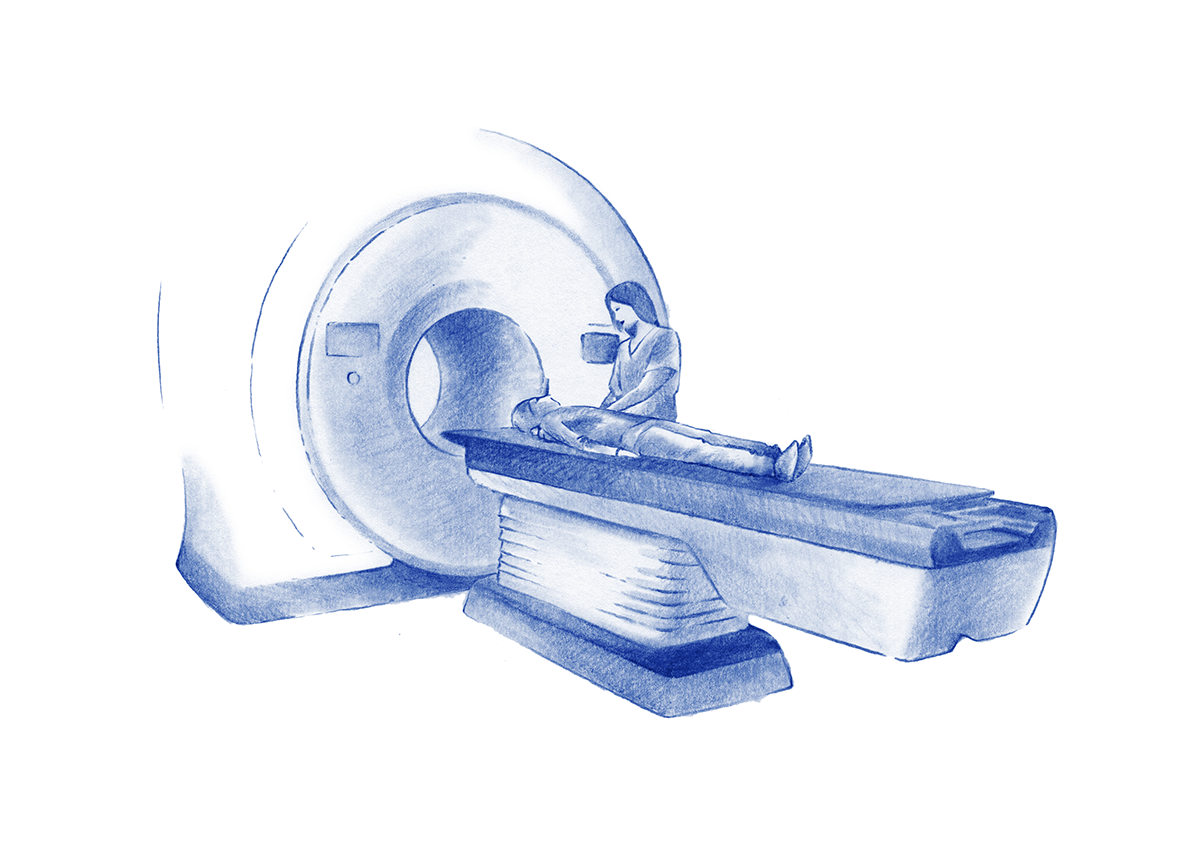Breast cancer is the most common in women in both developed and developing countries.
We have different therapeutic weapons to deal with this, among which are surgery and radiotherapy as local treatment and chemotherapy, immunotherapy and hormone therapy as systemic treatment.
The treatment of breast cancer has advanced a lot, moving from more aggressive to a more conservative treatment where the concept “less is more” prevails, preserving efficacy and improving tolerance to treatment.
Thanks to progress in treatments and early diagnosis methods, long-term survival figures are increased
Currently, conservative surgery (lumpectomy or lumpectomy) has replaced mastectomy as the treatment of choice, consisting of the removal of the lesion with an adequate margin of safety. To maintain the local control and survival figures obtained before with mastectomy, this treatment must ALWAYS be accompanied by radiotherapy.

Sometimes when the tumor is larger or has other risk factors, the best option is mastectomy. In some of these cases, radiation therapy treatment needs to be consolidated. If the breast cancer has spread to other parts of the body (metastasis), and the tumor produces symptoms such as pain, bleeding or ulceration, radiotherapy can help alleviate these symptoms to improve the patient’s quality of life.
- In conservative surgery, radiation therapy has shown up to a 15% absolute reduction in the risk of recurrence. 1
- Equivalent survival of conservative surgery and radiotherapy versus mastectomy. 2
- After mastectomy and lymphadenectomy, in patients with positive lymph nodes, post-surgical radiotherapy reduces the risk of recurrence by up to 10%, with a reduction of up to 8% in cancer-specific mortality at 20 years. 3
- In patients who require lymph node treatment, the 5-year rate of lymphedema after sentinel lymph node biopsy and radiotherapy is 11%, while this rate with surgical treatment (lymphadenectomy) can reach 25%. 4
- At the technical level, we have gone from a conventional 3D radiotherapy to an intensity-modulated radiotherapy (IMRT) where the radiation is adapted to the shape of the treatment volume, minimizing the doses to healthy tissues such as the ipsilateral heart or lung.
- At the time level, radiotherapy in the breast has gone from standard fractionation (25 sessions) as the treatment of choice to moderate hypofractionation (15-16 sessions), even having studied 5-session treatment schemes for certain cases. Thus assuming fewer days of treatment for the patient and greater comfort.
- At the level of treatment volume, in patients who meet certain good prognostic factors, partial irradiation of the breast can be assessed, limiting the radiation dose to the tumor bed instead of the entire breast, thus improving tolerance to treatment . In addition, research is continuing to limit the indication for lymph node irradiation and to try to obviate it in more patients.
At HC Cancer Center we join the fight for another year, this time stronger and hand in hand with radiotherapy.
- Early Breast Cancer Trialists’ Collaborative Group (EBCTCG); Darby, P. McGale, C. Correa et al. Effect of radiotherapy after breast-conserving surgery on 10-year recurrence and 15-year breast cancer death: meta-analysis of individual patient data for 10 801 women in 17 randomised trials. The Lancet 378(9804):1707-1716. 2011.
- Fisher, S. Anderson, J. Bryant, et al. Twenty-year follow-up of a randomized trial comparing total mastectomy, lumpectomy, and lumpectomy plus irradiation for the treatment of invasive breast cancer. N.Engl. J Med. 347(16):1233-1241.
- EBCTCG (Early Breast Cancer Trialists’ Collaborative Group); McGale, C. Taylor, C. Correa, et al. Effect of radiotherapy after mastectomy and axillary surgery on 10-year recurrence and 20-year breast cancer mortality: meta-analysis of individual patient data for 8135 women in 22 randomised trials. Lancet 383(9935):2127-2135.
- E. Naoum, S. Roberts, C.L. Brunelle,et al. Quantifying the Impact of Axillary Surgery and Nodal Irradiation on Breast Cancer–Related Lymphedema and Local Tumor Control: Long-Term Results From a Prospective Screening Trial. https://doi.org/10.1200/JCO.20.00459

Dr. Paula Sedano Ferreras
Radiotherapy doctor
October 23, 2020
Read other news
Tel.: +34 952 908 628
+34 609 148 799
952908898 Oncology
951829978 Diagnosis by imaging
951829947 Gynecology
952908897 Fertility
951829947 Physiotherapy